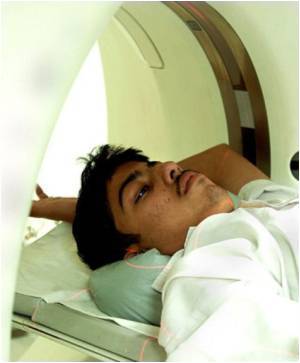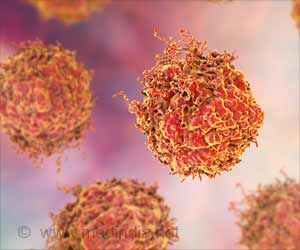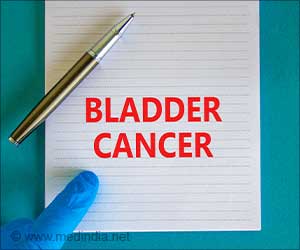Low dose CT scans used for screening lung cancer has shown to save lives. Nevertheless, research indicates that when CT scans reveal nodules in the lungs, it is not cancerous 96 percent of the time.

They "speculate that the portion of the lesion with malignant cells was likely part of a larger consolidation, making it difficult to distinguish the primary lesion from surrounding atelectasis or inflammation." Other reasons for false negatives include the number of imaging adjustments that were made for each needle pass during the biopsy and the expertise of the radiologist. "While both radiologists were experienced with CT FNA, the operator with the lower incidence of false negatives had more years of experience with the procedure and performed more biopsies overall."
In conclusion, the researchers recommend that patients with benign FNA biopsies have repeat imaging for at least two years following the procedure to observe if there is any growth. Despite that, FNA seems to be a way patients can avoid unnecessary surgery and still achieve a diagnosis.
The lead author of this work is Dr. Brian Gelbman. IASLC member co-authors include Dr. Jeffrey Port and Dr. Nasser Altorki.
Source-Eurekalert









